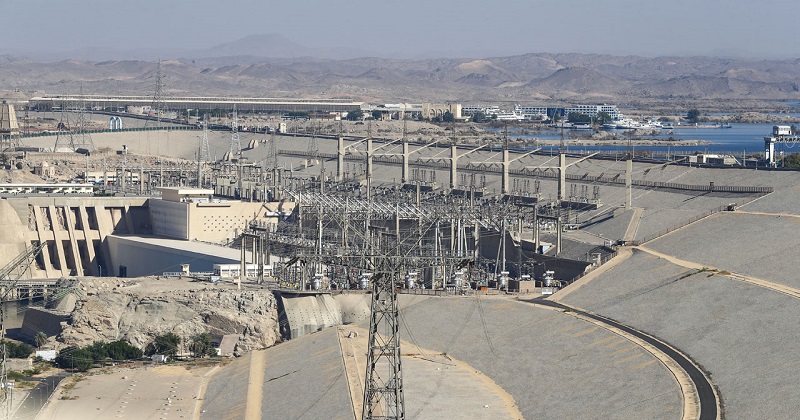
A contentious Ethiopian dam on the Blue Nile river began generating energy for the first time on Sunday. The $4.2 billion (£3.8 billion) dam in the western Benishangul-Gumuz area has been a subject of controversy between Ethiopia, Egypt, and Sudan since its construction began in 2011.
Sudan and Egypt are concerned that the project may diminish their share of Nile water. Ethiopia argues that the dam is critical to the country’s growth. The Grand Ethiopian Renaissance Dam (Gerd) is currently Africa’s largest hydropower project.
The Gerd is estimated to create over 5,000 megawatts of power, more than double the current electrical output of the country when fully operational.
According to the state-owned ETV News station, it is presently 83.9 percent complete. The Ethiopian government maintains that it would change the country’s economy, which has been badly harmed by famine and conflict when it is fully operational.
Also Read: Indian scientist develops laser tech for restoration of high-value mechanical components
It was a monumental day for Ethiopia, according to a representative for Prime Minister Abiy Ahmed’s office. However, the dam’s development has strained relations with Egypt and Sudan. Ethiopia has diverted water from the Nile to fill a massive reservoir behind the dam.
Egypt, which is downstream and relies nearly entirely on the Nile for agricultural and drinking water, is concerned that this will have an impact on water levels entering the nation. As a result, it needs a guarantee of a particular volume of water entering Egypt.
Ethiopia, on the other hand, is hesitant to be linked to a specific amount of water to release since its top objective is to ensure that enough water is available to operate the project.
Sudan is also concerned about the dam’s impact on water levels. Sudan was caught off guard last year when Ethiopia opted to close three of the four water diversion outlets. This resulted in decreasing water levels downstream, disrupting Sudan’s agriculture and municipal water supply pumping stations.
Both nations have been attempting to reach an agreement with Ethiopia about the filling and operation of the dam, but discussions have failed to make headway.

Post Your Comments